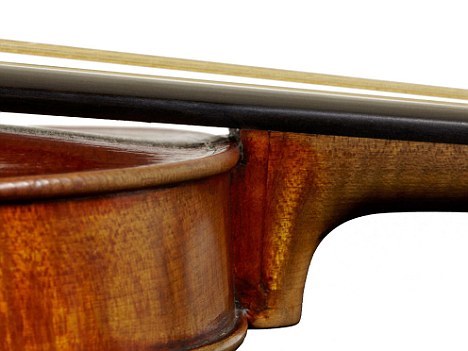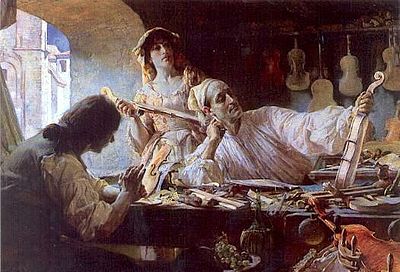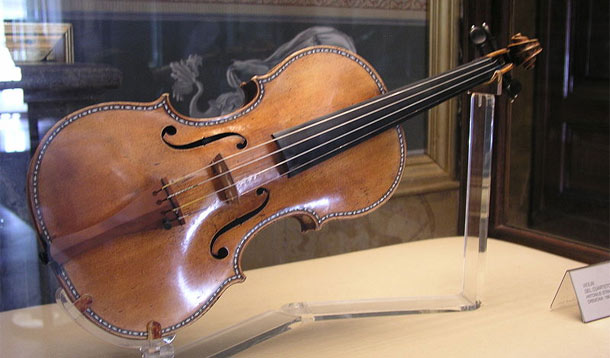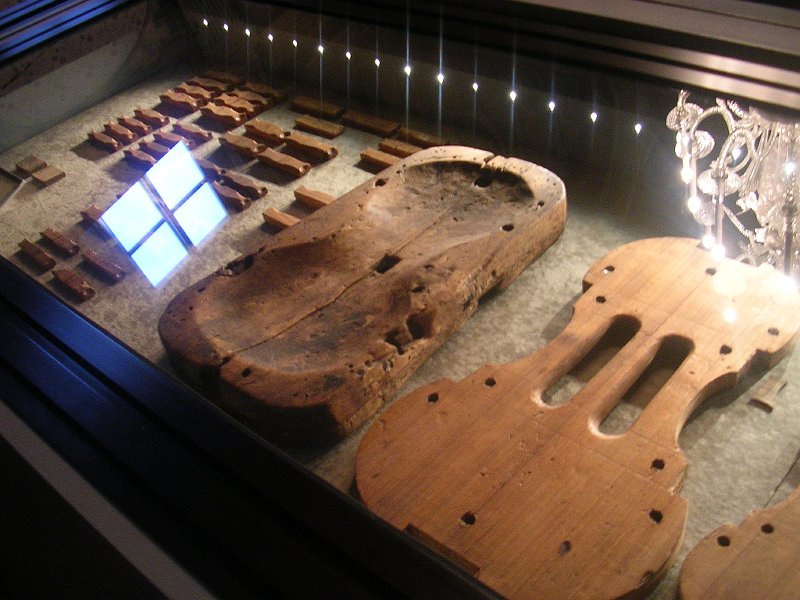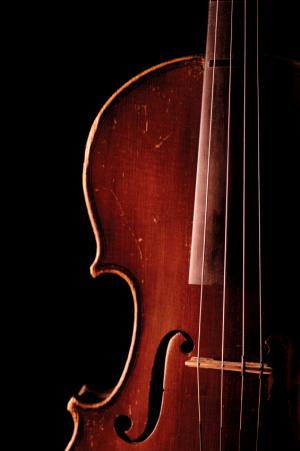Stradivarius violins are synonims with exellence. Extremely rare and extremely valuable, unique, imposibile to reproduce, controversial and mysterious, these are the main attributes of these unique objects. Stradivarius interpretation of design for the violin has served as a conceptual model for violin makers for more than 250 years. How master Stradivari, who could barely read and had no scientific training, could have produced instruments with such a pristine sound? The chemicals – most likely some sort of oxidizing agents -are found “guilty”.
Joseph Nagyvary, biochemistry professor at Texas A&M University, was the first to theorize that chemicals –– not necessarily the wood – created the unique sound of the two violins.
Its research proved unquestionably that the wood of the great masters was subjected to an aggressive chemical treatment and the chemicals had a crucial role in creating the great sound of the Stradivarius and the Guarneri. Idenifying the chemical agents involved will help one day to produce violins and other instruments as good as the million-dollar Stradivarius. This research could also tell us ways to better preserve wooden instruments.
From the ~1,200 instruments made by Antonio Stradivari (1644 – 1737) there are only about ~700 Stradivarius violins remained (here is a list of Stradivarius instruments). Each is valued at up to $5 million depending of the production period: Stradivari’s ‘Long Pattern’ period (from 1690 to 1700) or the “golden period” (from 1700 to about 1725).
Even Napoleon Bonaparte is rumored to have had a Strad violin (The 1697 Molitor Stradivarius) signed by the famous Italian luthier and crafter of string instruments. The violin did belong to a general in Bonaparte’s army, Count Gabriel-Jean-Joseph Molitor and was sold in 2010 for $3,600,000 at Tarisio Auctions. Depending on condition, the market value of the intruments can rise dramatically.
Altough these violins are famous for the quality of sound they produce, many blind tests have never found any difference in sound between Stradivari’s violins and over high-quality violins. All his life the master was searching for the ideal shape in order to produce both expressive sound and the volume needed for large concert halls. In that era, the violin was used at private concerts and small parties. Stradivari revolutionized intruments conception, producing a violin that was “not as long but quite large, flatter but not so flat that you lose the resonance that makes the violin so magical”, says Dr Jon Whiteley, a curator at the Ashmolean Museum in Oxford, which houses the famous Messiah Stradivarius.
But the shape of the soundbox is nothing without the talent of the violinist who must deal with the character of each instrument. The Strad remains an indisputable masterpiece, an work of art that needs to be preserved.
Cremona, the Italian capital of violin making, hosts Stradivari Museum with a unique collection of forms and tools used by Antonio Stradivari. First bought by Count Cozio di Salabue from Paolo, Stradivari’s son, the collection passed several hands to get to Giuseppe Fiorini, violin maker in Bologna, who donated the precious collection to the City of Cremona in 1930.
Also in the Museum, there is a didactic room with an exhibition on how to make a violin and a video in English on the history of violin making.

